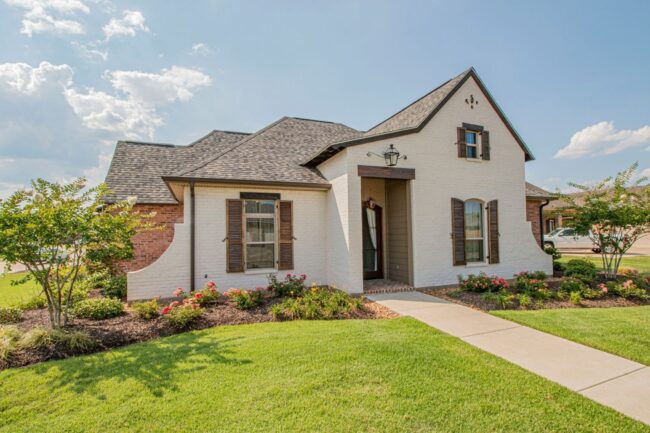
A well-designed landscape isn’t just about plants and patios. It’s about creating an outdoor space that feels right for your life. Whether you love hosting weekend barbecues, growing your own herbs, or enjoying quiet evenings outside, good planning helps turn your vision into something real. Before picking plants or buying materials, take time to think about how you’ll actually use your space. Here’s what you should consider:
- Start with How You Live
The first step in landscape project planning is understanding your lifestyle. Think about how you use your yard today and what you wish it could do for you. Do you want a place to relax with family, space for kids or pets, or a low-maintenance garden that looks beautiful all year? Ask yourself questions like:
- How much time do I want to spend maintaining my yard?
- Will I use this space for gatherings or quiet time?
- What activities do I want to enjoy outdoors?
Once you’re clear about your needs, your plan becomes much easier to shape. For example, adding a small herb garden near the kitchen might be perfect if you enjoy cooking. A patio with outdoor lighting and comfortable seating could be a better fit if you love entertaining.
- Think in Zones, Not Just Spaces
Dividing your yard into zones helps you design a layout that feels natural and organized. It also prevents your yard from becoming cluttered or difficult to maintain. Even small yards can benefit from this approach. You can dedicate zones for things like dining, gardening, or relaxing, such as:
- Activity zone: For kids, pets, or sports.
- Relaxation zone: For hammocks, reading nooks, or fire pits.
- Dining zone: For family meals or weekend get-togethers.
- Garden zone: For flowers, herbs, or vegetables.
- Plan for Comfort and Flow
Good design is not only about looks. It’s about how space feels and functions. When working on your landscape project planning, think about how people will move through the yard; walkways should be clear, and seating areas should feel inviting.
You should also consider shade, wind, and sunlight. A patio that looks great on paper might be uncomfortable if it gets too hot during the day. However, adding a pergola, trees, or umbrellas can make a big difference in cooling your environment down. Small details like lighting, pathways, and plant placement also improve the flow of your landscape. They make your space feel connected, safe, and relaxing.
- Balance Beauty with Maintenance
When you start planning your landscape project, think about how you can blend aesthetics with practicality. A beautiful yard should also be practical. If you’re short on time, avoid high-maintenance plants or design features that need constant attention. Smart planning saves time and energy later.
By focusing on practical design choices, you can enjoy a yard that looks beautiful all year without feeling like you’re constantly maintaining it.Using mulch is one simple way to keep your garden low-maintenance. It helps prevent weeds, locks in moisture, and keeps your soil healthy with very little effort.
Choosing drought-tolerant plants can also save time and water, especially in warmer climates. For watering, drip irrigation systems are a smart investment because they deliver water directly to plant roots, reducing waste and keeping your garden thriving with minimal work.
Endnote
A well-planned landscape isn’t built overnight. It grows and changes with you. When you design with purpose, your outdoor space not only enhances your decoration, but also your lifestyle. Whether growing herbs, hosting friends, or just watching the sunset, good planning helps every moment outdoors feel more enjoyable.
